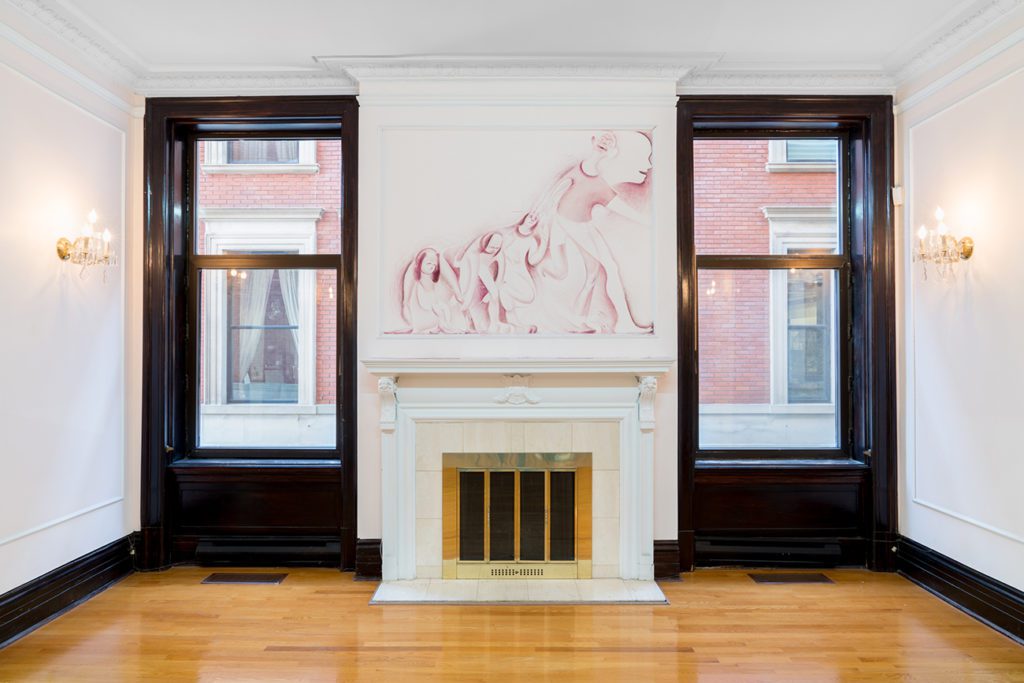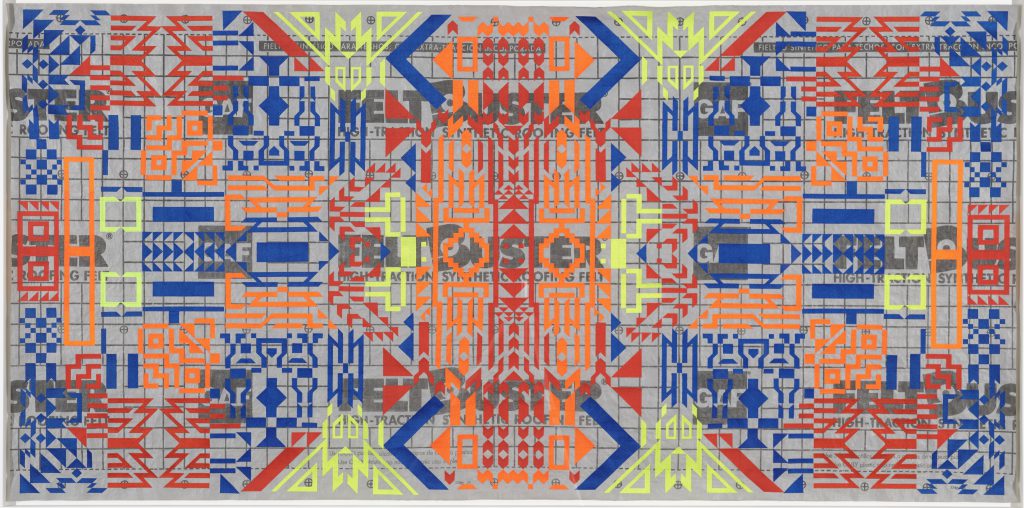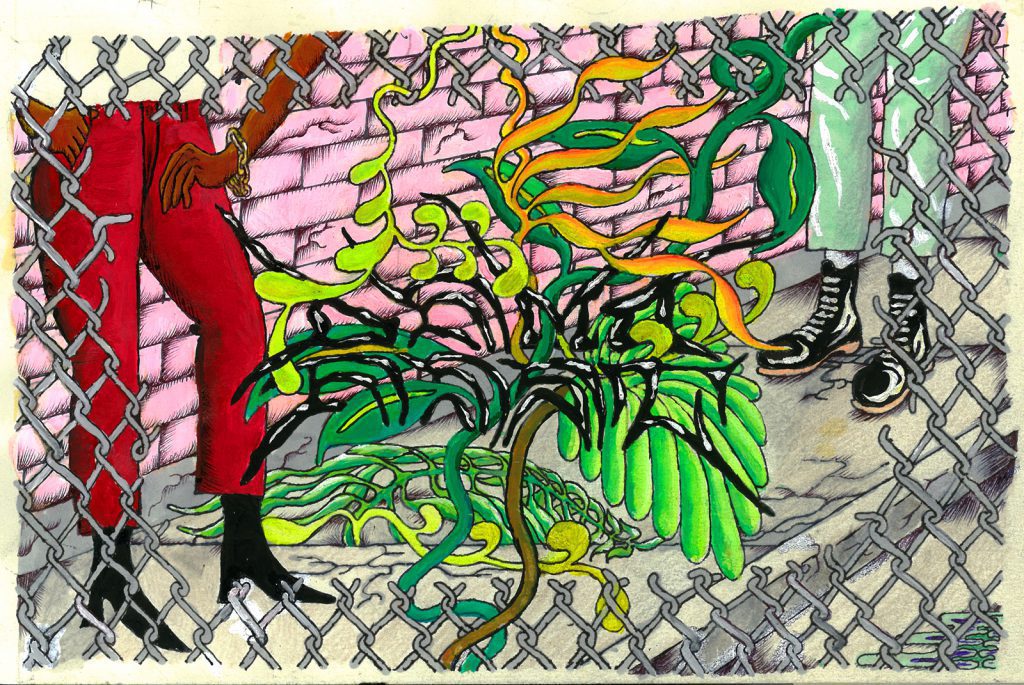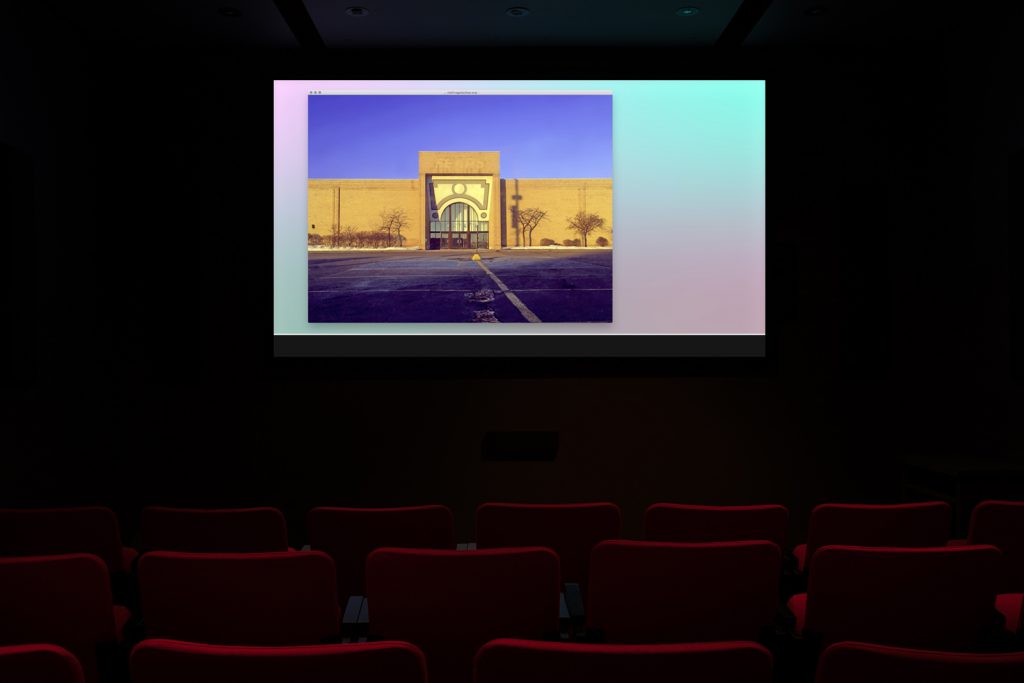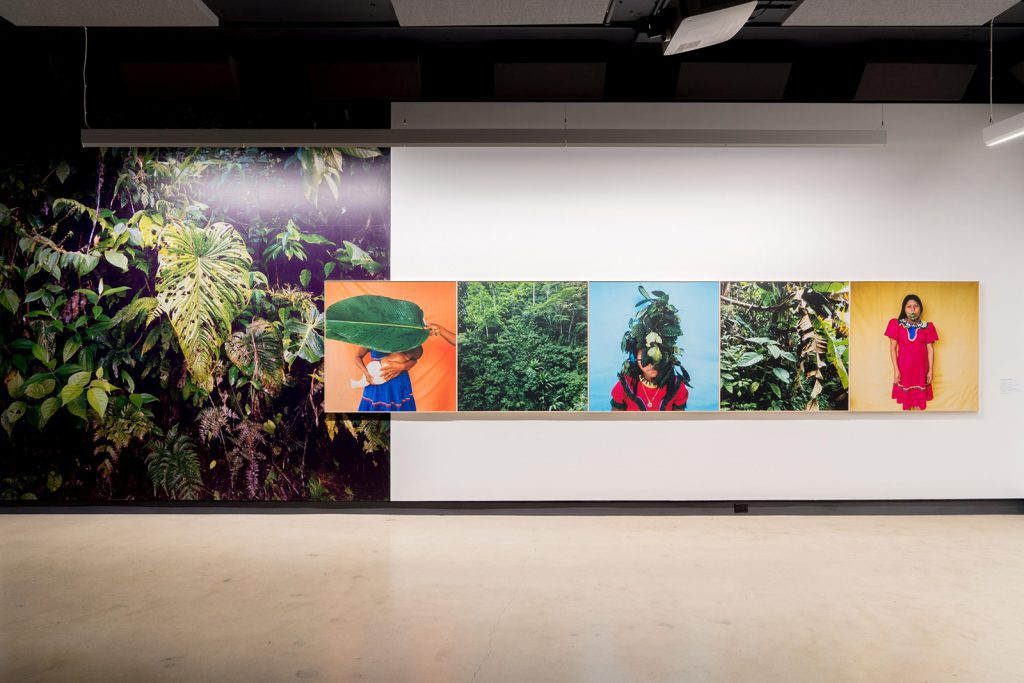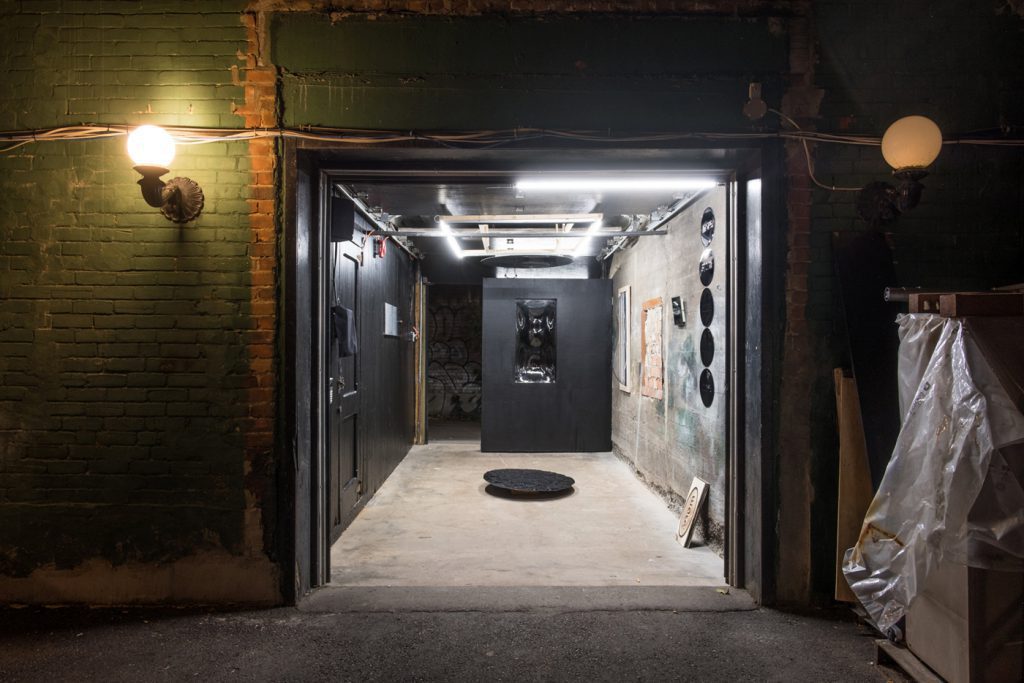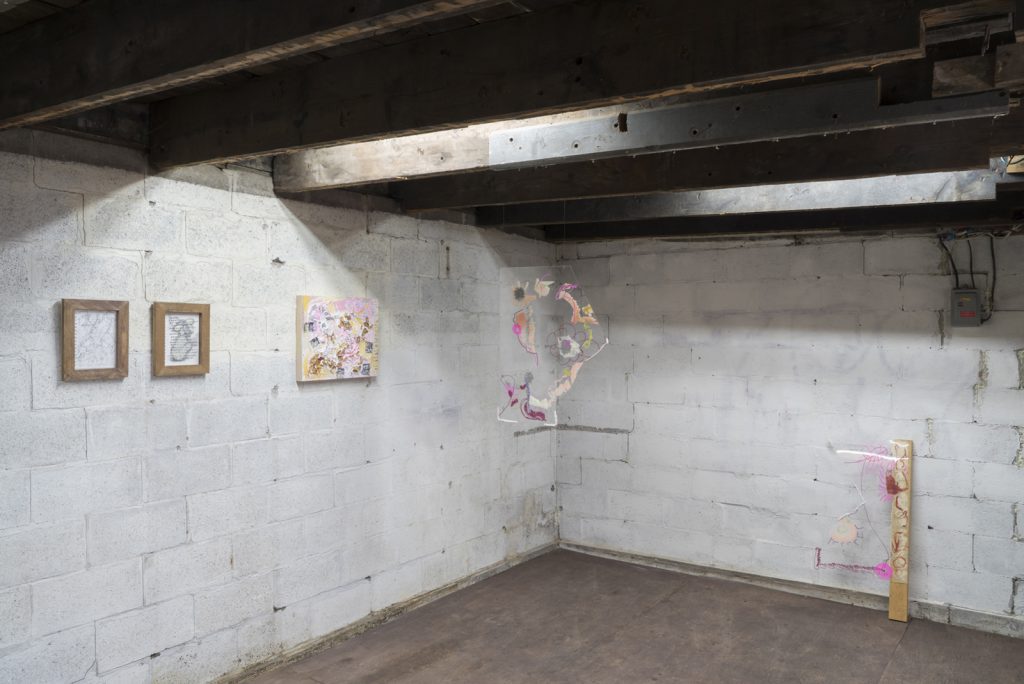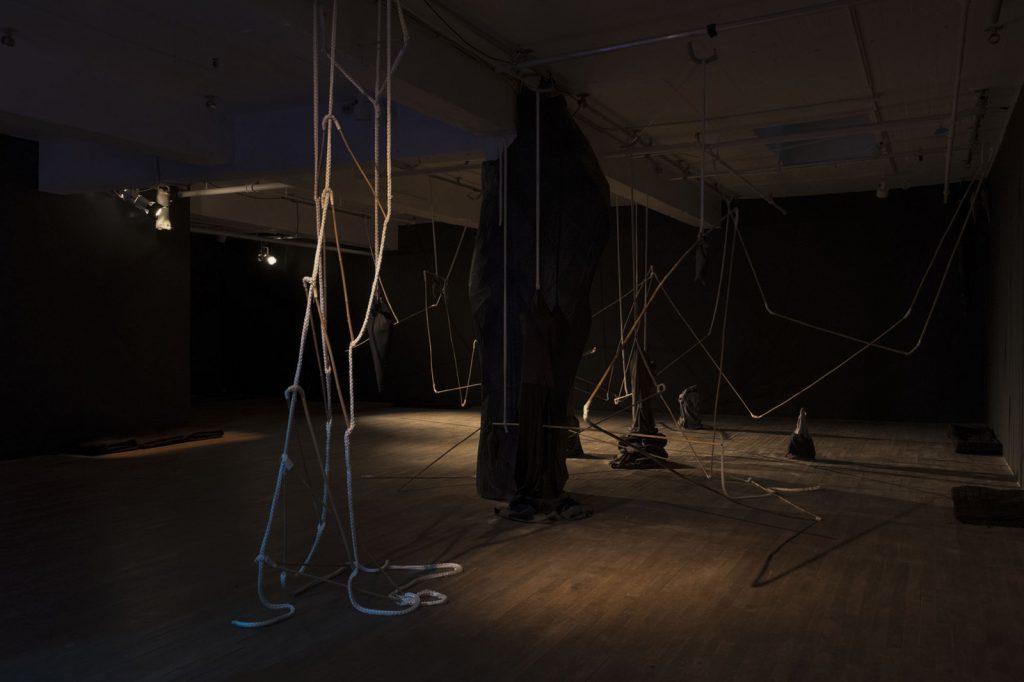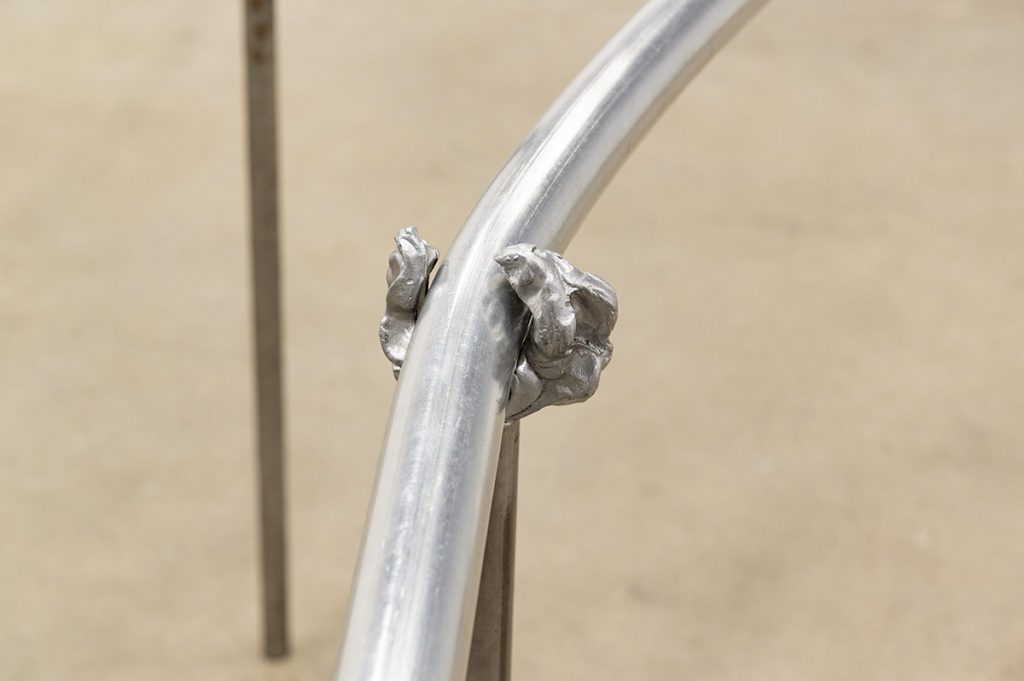
The Group Show Garden Metaphor: You Sit in a Garden at Centre Clark
30 August 2022By Elora Crawford
If a sculpture garden was the “original” group show, which could be said, the central conceit in You Sit in a Garden brings the exhibition back to its roots. In the 1990s archeologists found broken stalagmites arranged just so in the Bruniquel Cave in France. The crystalline structures were set down in rings, for a purpose as yet unknown, though the resultant composition is compelling. It seems to satisfy the gestalt principle of good form named for the quality of visual arrangement our brains perceive as balanced and pleasing. The site dates back 175,000 years and predates any found cave painting, thus, conceivably, it could be the first sculpture garden, or the first ever group show. Similarly, the way the sculpture “garden” exhibition at Centre Clark in Tiohtià:ke/Montréal is installed seems to wink in recognition of this history. The group show as a garden is evidently a useful metaphor, it remains consistent across time.
